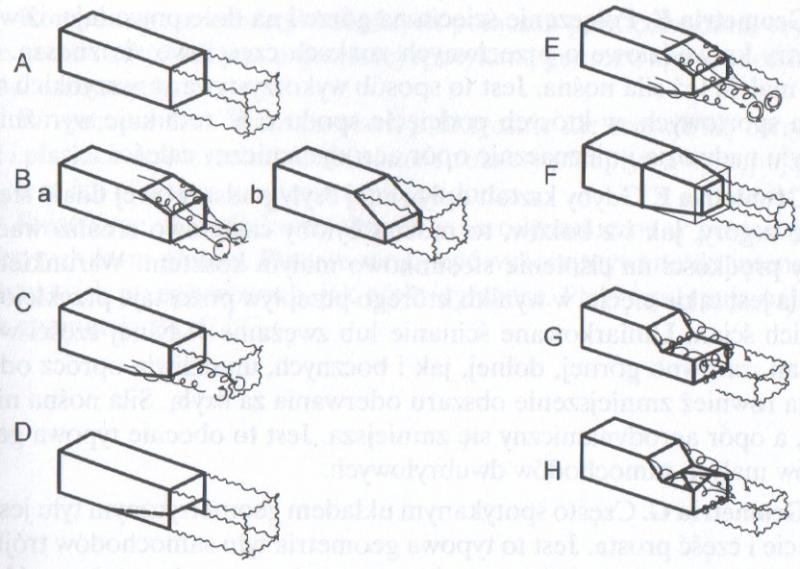Quote:
Originally Posted by freebeard


Box vans are a special case, shown in the upper right. Car's shapes tend to promote vortexes. Convex, flat and concave truncations all have a drag vector that points straight back and are pretty equivalent. Sharp edges are used, however, to control separation (seen on the 3rd Gen Prius back bumper.
May aerohead correct me if I'm wrong. |
The only thing I have,other than the drag table depicted already,which specifically addresses boat tail sharp edges is for semi-trailer vans.
It's from Project Tailwind,at Texas Tech.Graduate student Mark Funderbergh (sp?) made a comment that sharp edges created drag-inducing vorticity.
On the cover photo for the article,they depict the GM OPTIMUM boat tail.It has taper on top,bottom,and sides,as well as progressively increasing edge rounding as the tail progresses rearward.It's about 10.5-feet overall length.
-------------------------------------------------------------------------
In his second edition,Hucho cautions that body designers pay close attention to pressure gradients below,besides,and on top,so as not to induce vorticity,as high pressure would be induced to flow towards low,creating the spanwise shearing and rotation.
-------------------------------------------------------------------------
Paul Jaray's 1922 'pumpkin seed' half-body car body transitioned from semicircular section,to rectangular section,then back to semicircular for the boat tail.I've seen this done hundreds of times in commercial/industrial HVAC ductwork applications.
The semicircular section has 16.6% lower drag than a pure rectangular section (as seen on Charles Lindbergh's Ryan 'Spirit of St.Louis' ) according to Fachsenfeld and Kamm's research at FKFS.